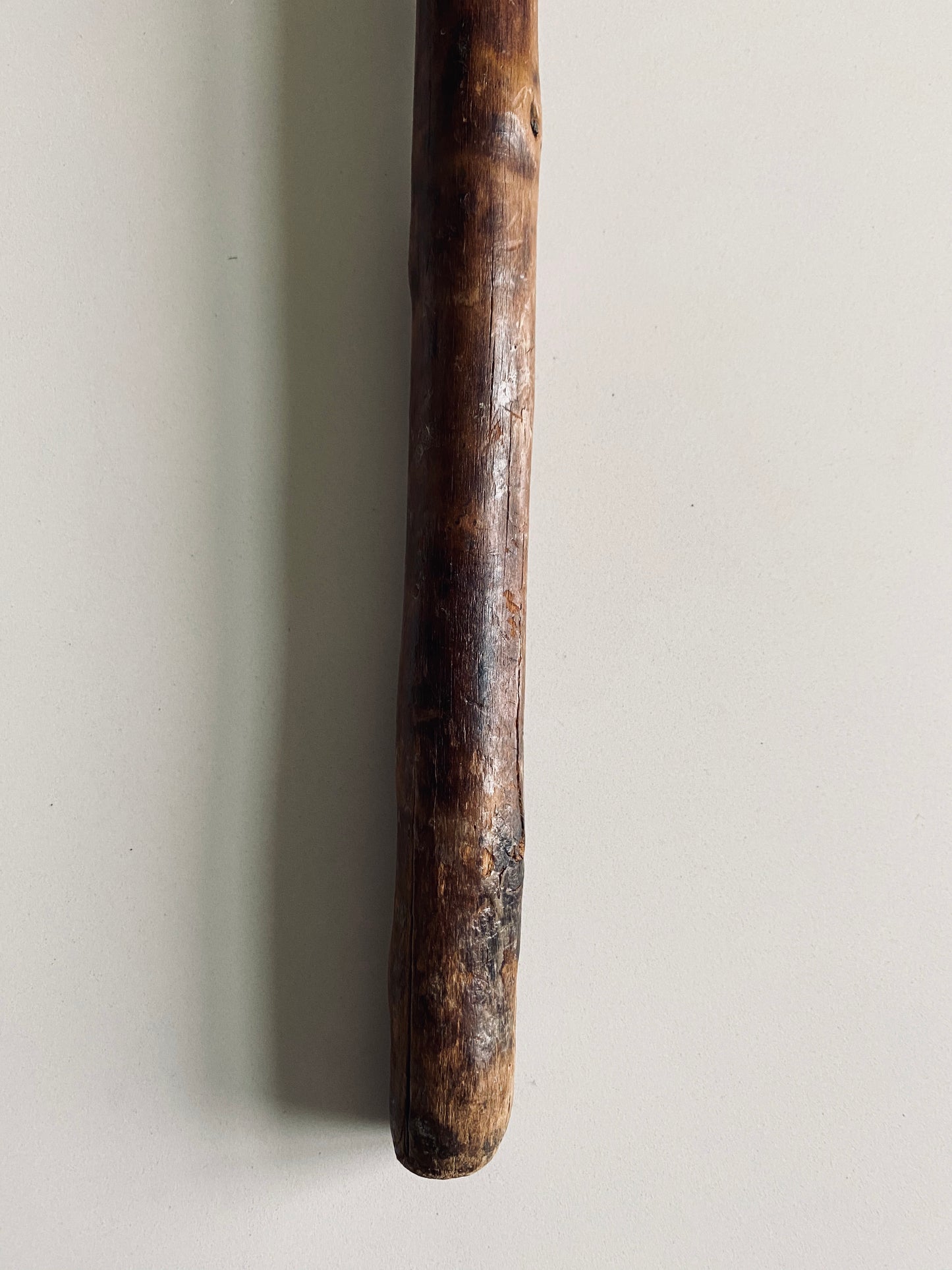Specs Fine Books
1899 WILLIAM BUTLER. Fine Walking Cane Belonging to the Francis Asbury of Methodist Missions in India & Mexico!
1899 WILLIAM BUTLER. Fine Walking Cane Belonging to the Francis Asbury of Methodist Missions in India & Mexico!
Couldn't load pickup availability
Here is a wonderful gem of Methodist and missionary ephemera.
Measuring 34 inches in height, this presentation hardwood organic root cane was likely presented to him upon his retirement. It was obviously his "every day" use cane and enjoyed regular use by the aged saint. It has wear commensurate with age and use, though is still very much lean-worthy.
It is no overstatement to say that William Butler and his wife, Clementina Butler [nee Rowe] were the true pioneers of Methodism in two entire countries, India and Mexico.
William and Clementina were probably the best-known Methodist missionary couple in the late nineteenth century. Born in Ireland, William Butler underwent a conversion experience, joined the Wesleyan church, and became a minister. He immigrated to the U.S. in 1850. After being twice widowed, he wrote to Clementina Rowe in Ireland, who had been influenced by his preaching some years before. Clementina crossed the ocean and they married in 1854. That's when you know your preaching is good!
In 1856 the Butlers sailed to India as founders of American Methodist work. The Methodist Church in India begins their origin story with the Butler's arrival. Immediately after arriving, the Sepoy Mutiny broke out and they fled to the mountains, where they remained under siege for eight months. After the uprising was crushed, they opened orphanages for children left homeless by the rebellion. In 1865, after putting the church on a firm footing, the Butlers returned to the United States, where they vigorously promoted foreign missions. Clementina spoke to groups of Congregational and Methodist women about the needs of women in India. In response, women in both denominations founded women’s missionary societies to support single women missionaries. Clementina was a founder of the Woman’s Foreign Missionary Society of the Methodist Episcopal Church and served over the years as an officer and recruiter.
As secretary of the American and Foreign Christian Union, an organization devoted to missions in “papal lands,” William was deemed the best person to found Methodist work in Mexico in 1873. As they had done in India, the Butlers established a printing press, schools, a girls’ orphanage, and church buildings. William wrote, The Land of the Veda (1871), From Boston to Bareilly and Back (1886), and Mexico in Transition (1892). Clementina established the Zenana Paper fund that published Christian women’s literature in five vernaculars. Again, the Methodist Church in Mexico puts its finger to Butler's arrival for the beginning of its story.
For a full biography, see here:
https://books.google.com/books/about/William_Butler.html?id=PIk9AAAAYAAJ
We were in a very short time able to locate over a dozen printed biographies and histories of their labors. A wonderful ephemeral item.
Share






